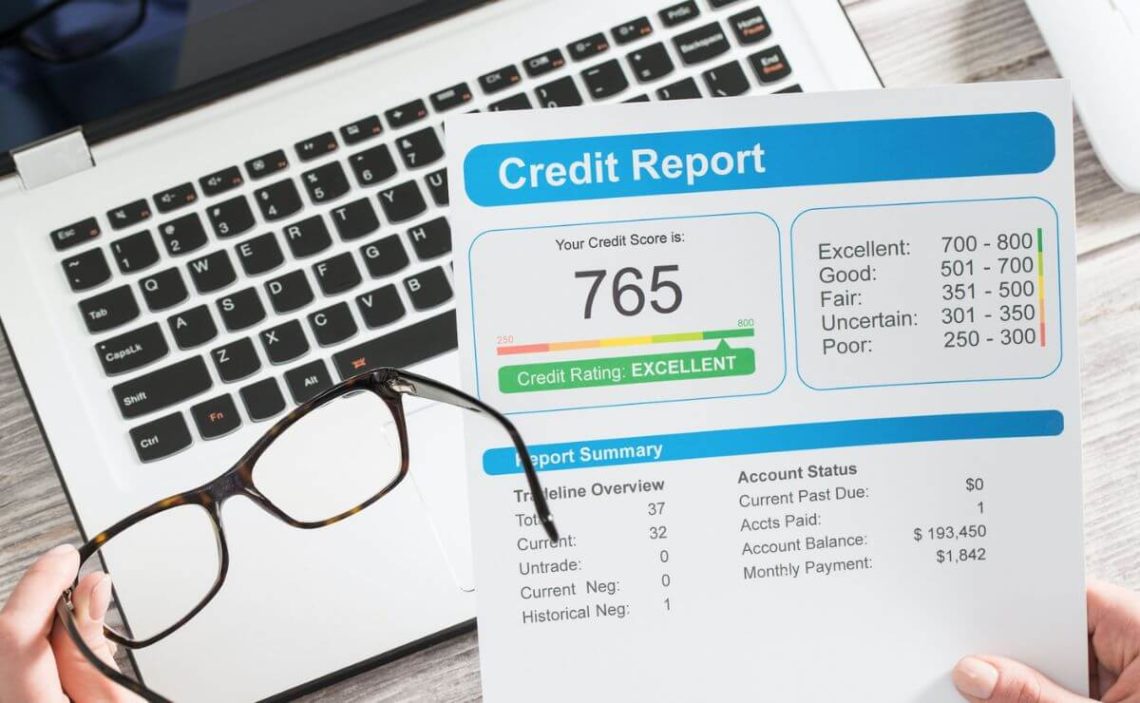Applying for a mortgage loan is not the same as using it for any other type of loan. The main difference is the loan size so that you will undergo a more thorough evaluation. You must understand how to get a tri-merge credit report to pass the test.
When a very high loan is required, lenders ask to review your tri-merge report before you are approved. This requirement can make or break your mortgage chances, plus a favorable interest rate.
Mortgage lenders evaluate creditworthiness using the triple infusion report and other financial data. On every major mortgage or loan application, this report will be helpful. Although it is complex for beginners, they need professional help.
What is a tri-merge credit report
The tri-merge credit report combines three reports from the major consumer credit reporting agencies: Experian, Equifax, and TransUnion. It is a unique report in the mortgage industry. It is a great help when applying for a mortgage loan.
The report, also known as a 3-in-1, is a prerequisite for a mortgage. But it does not represent a triple combination credit score because each agency uses its scoring system.
For a mortgage loan, the credit score is based on the proprietary calculation, considering the data extracted from the individual reports. This report gives a complete picture of the credit to decide based on your risk as a borrower.
How you can obtain the triple combined report
When applying for a mortgage loan, the professional purchases a special credit report that includes your credit data from the three specialized agencies; if you use it with your spouse, you also purchase the news based on that person.
If you want to know how to get a tri-merge credit report, try these options:
- As an individual, you can obtain the reports individually. Just order them from the Equifax, Experian, and TransUnion bureaus every twelve months for free, according to federal law.
- If you want a free annual tri-merge credit report, you can go to the official website, as it is the only site recognized by the federal government.
- If you want to see an actual tri-merge credit report, you can subscribe to a 3-in-1 credit monitoring service. This service offers monthly or quarterly tri-merge reports, depending on the monitoring you choose.
You can check your credit reports whenever you want without jeopardizing your score. The tri-merge information is different. You must pay for a monitoring service to review it more than once a year. If you could use a copy of the combined report, you can get it from your mortgage lender.
When you have the report, remember that the credit score displayed by the mortgage lender is usually different from the one you see for free or the one purchased and obtained online.
Also, a consumer credit score, which gives an idea of the current credit situation, and the mortgage credit score tailored to the mortgage risk factors are not the same.
What is the role of the credit report in the mortgage application
When you have an open mortgage application, the lender has the right to evaluate the risks. The professional considers several metrics when determining if there is a chance of approval and how much the company will consider lending.
Among the factors to evaluate is the FICO score. That is the company that developed the scoring system. This score can be between 300 and 850, based on payment history, debts, and other aspects that help evaluate the applicant’s creditworthiness.
The mortgage lender also considers the monthly payments to the debt and income. The evaluation also includes the tri-merge credit report, which is the main basis for the combined document. This means that the approval of the mortgage loan is based on two points:
- A tri-merge credit report
- FICO credit score
These are the points considered in most cases, but it is not entirely accurate because the mortgage lender may decide to add other scores. However, 90% of lenders pay attention to the above factors.
Is there such a thing as a 3-in-1 credit score?
It’s easy to believe that the combined report generates a similar score, but that’s not the case. Each bureau has its version of the credit report derived from its scoring formulas. They have nothing to do with any combined credit score.
The scores from the major consumer credit reporting agencies have similar numbers:
- Equifax: has a score called Beacon. It ranges from 300 to 850
- Experian: its score ranges from 300 to 830
- TransUnion: this agency’s score ranges from 300 to 850
Also, don’t confuse the three scores with the FICO score, which is the original credit scoring model. All the agencies have taken the score created by the Fair Isaac Company as the basis for their scores.
There is a credit company created to compete directly with FICO, which generates an assessment that is close to a combined score. VantageScore was born out of the three agencies to agree on the credit score assigned to each consumer.
However, it results from a different formula, not the combination of credit scores from the major bureaus.


